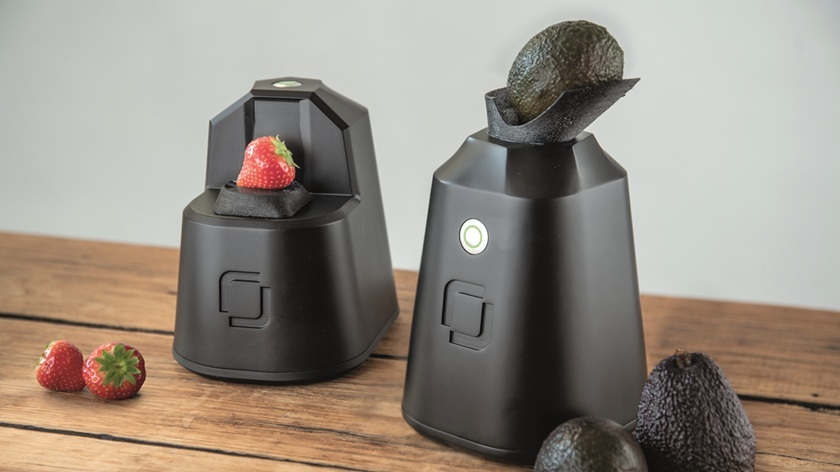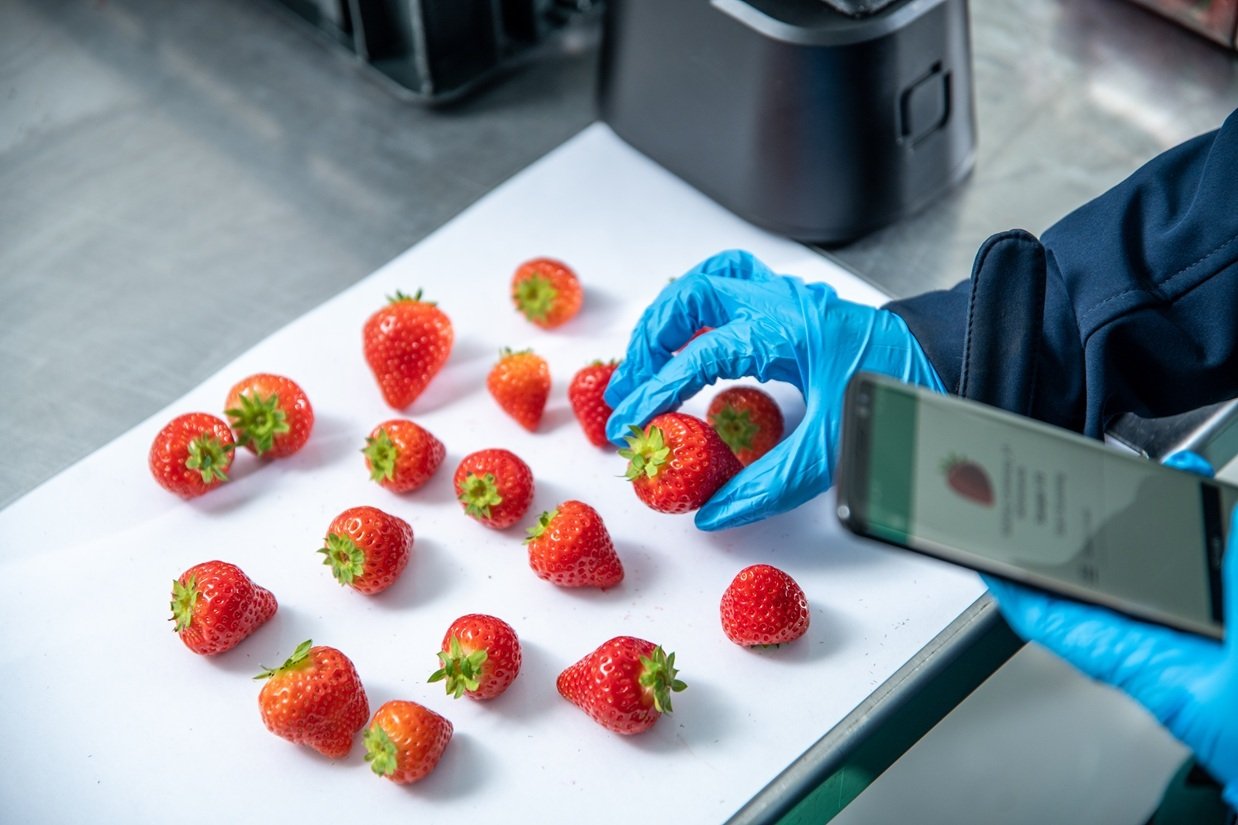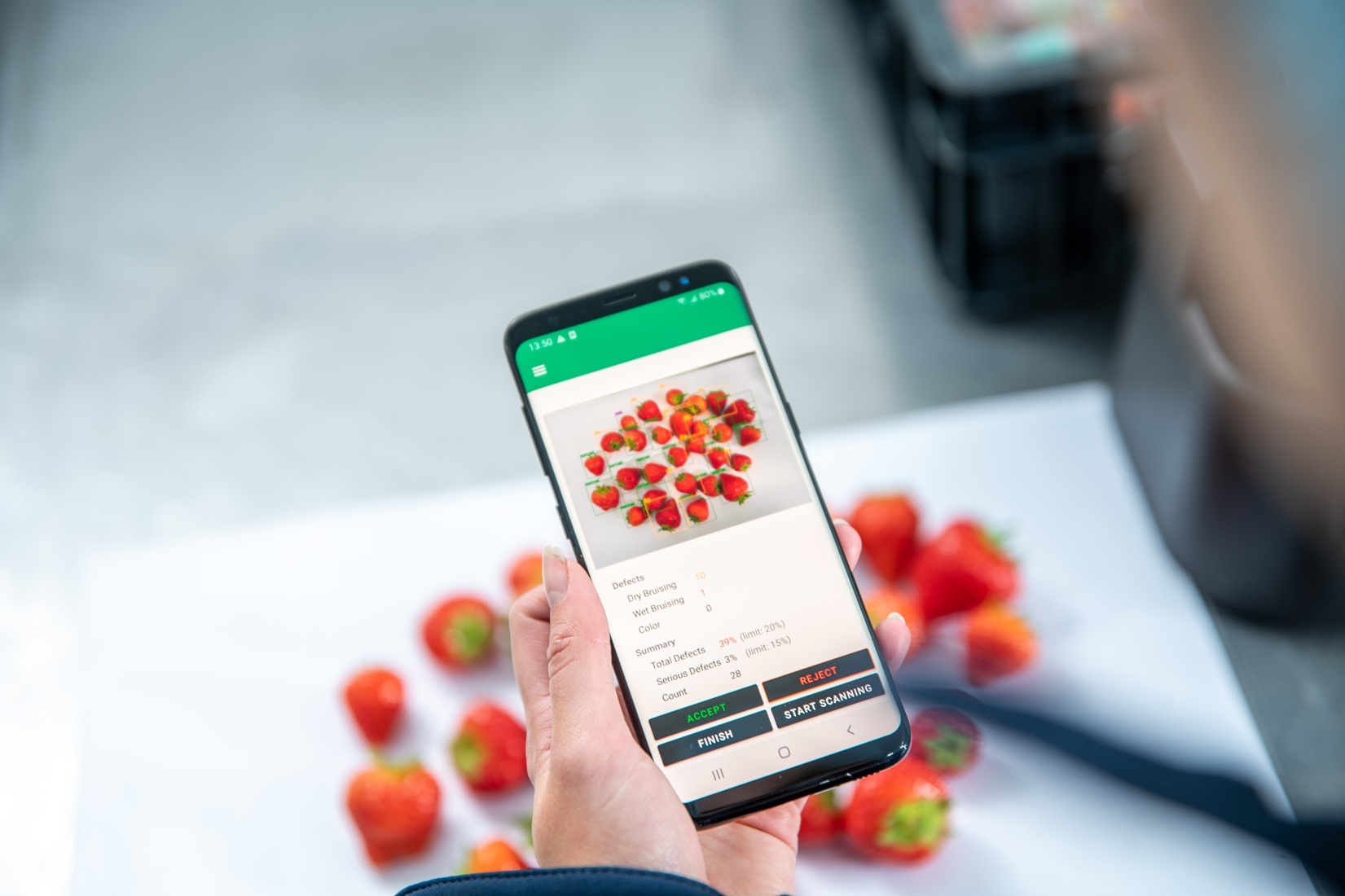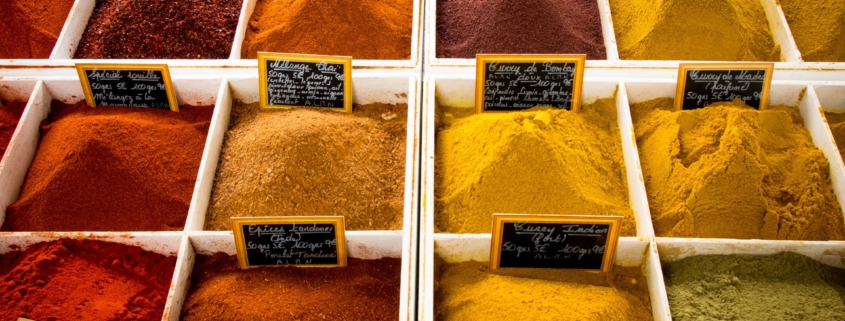
16 Jun 2023
doorOneThird
Food Spectroscopy Has Been Used for Years
It may seem like a brand new technology to some, but food spectroscopy has actually been around for a while.
Most of the new uses come from how spectrometers measure and analyze data to solve problems.
This post details the different ways spectroscopy is already used on food.
Different Ways The Industry Uses It
Food spectrometers have evolved over the years. Old desktop spectrometers could cost near $100,000.
Nowadays, handheld spectrometers cost only a few hundred dollars. Also, the technology and portability have improved. Spectroscopy can measure a lot of things that the human senses cannot. This is why it’s so useful in the food industry.
According to Ocean Insight, the food & agriculture industry uses spectroscopy for the following:
- Industrial sorting and grading
- Real-time field analysis
- Horticulture lighting monitoring
- Pesticide detection
- Food authentication
Industrial sorting and grading
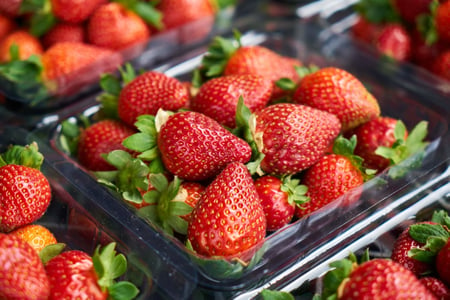
Optical sensing and machine learning have sped up food sorting based on quality. The human eye can be too subjective for this task.
Having a consistent standard to measure against can improve food safety and quality. Also, this decreases sorting time to near-zero levels.
Real-time field analysis

There are a large number of uses for spectroscopy in analyzing crops in-field.
One such application is understanding the nutrient content of a specific crop. This can help to optimize growing conditions.
Horticulture lighting monitoring
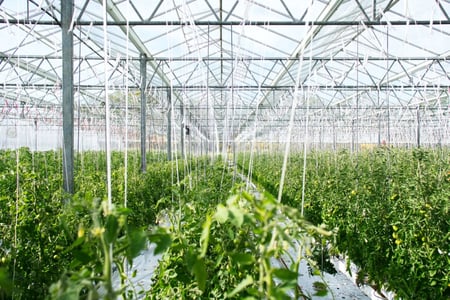
Maintaining LED specifications in greenhouses is paramount to crop growth. Growers measure and adjust the lighting to ensure they have the ideal growing conditions.
Pesticide detection
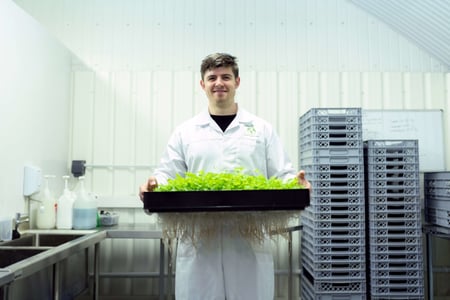
Employees check for residual pesticides for a few different reasons. One example is analyzing food for human consumption. Another is determining the effects of pesticides on insect populations.
Food authentication
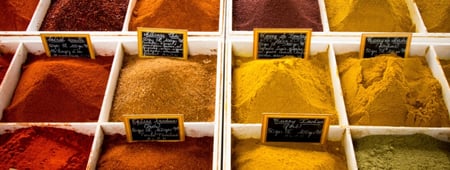
Fraud is prevalent in many types of commercially-sold food. These include spices, meat, grains, fish, and others.
Each type of food has a unique spectral fingerprint. Food authenticators can use this to determine if what they scan is fake or not.
A New Application of Spectroscopy in the Food Industry
Spectral imaging and handheld spectrometers are becoming more accessible. Smartphone spectroscopy will likely become more prevalent in a few years. Further, AI (artificial intelligence) is easier to use than ever before.
Shelf life prediction is one of the most helpful applications. Employees at every stage of the food supply chain dream of knowing shelf life.
Soon, anyone can perform an on-demand quality assessment and know the shelf life of any type of food.
The food industry will enjoy the benefits of this in a few ways.
What are the Benefits of Shelf Life Prediction?
Predicting shelf life of food can help in many areas of getting food from the farm to the customer.
- Rapid quality assessment
- Higher quality in store
- Better in-store decisions
- Cost savings from reducing food waste
Rapid quality assessment
Imagine the decisions you could make by knowing the expected life of a fruit or vegetable. You can know the destination to send each batch and meet quality demands.
Different stakeholders can communicate and improve using detailed data. For example, distributors and retailers can agree on clear shelf life expectations.
Higher quality in store
With quality assessment data, you can use dynamic routing. We’ve made a blog post on what dynamic routing is and how it would work for fresh produce.
This allows a company to send the batch expiring soonest to the closest location. Also, they can send the longest-lasting batch the furthest.
For example, you can send strawberries with 5 days of shelf life to a nearby store and those with 11 days further.
Better in-store decisions
Produce managers spend much of their job assessing fresh produce to ensure it is still safe to eat. They often use sell-by dates to do this, but sell-by dates are conservative estimates.
Throwing away safe food leads to increased food waste and lower profits.
With shelf life prediction, produce managers can check a piece of produce and know if it is safe to sell. If it is close to expiring, they can sell it for a lower price.
Cost savings from reducing food waste
Food waste is a huge liability to most companies in the food supply chain. By predicting shelf life, you can make decisions that reduce food loss and waste.
Our food waste savings calculator can help you understand your potential savings.
When Can We Expect Shelf Life Prediction?
OneThird is developing technology for fresh produce shelf life prediction. We are undergoing promising trials with Genson, a supplier of Albert Heijn.
Our handheld spectrometers predict shelf life of a few fruits and vegetables. They use AI to measure within a day of accuracy. Our early adopters use them for a few fruits and vegetables already.
Trials have shown cost savings and reduced food waste. We expect demand for this technology to increase in the next 1-2 years as these become more important.
The UN’s deadline for halving food loss and waste is close. This is a way for companies in the supply chain to divert food waste and improve profit.
For now, you can read our Ultimate Guide to Fresh Produce Shelf Life Prediction.
Summary
Spectroscopy has provided benefits to the food industry for over 30 years. Many people trust it for key operations as well.
Shelf life prediction and on-demand quality assessment are newer applications of the technology. The data they provide can cut food loss/waste and the associated costs.
Spectral data analysis and handheld spectrometers continue to improve. They will help solve big challenges the food and agriculture industry faces.
You can learn more about OneThird’s solutions for growers, distributors, and retailers.
Feel free to contact us if you think you see benefits from shelf life prediction in your company.
